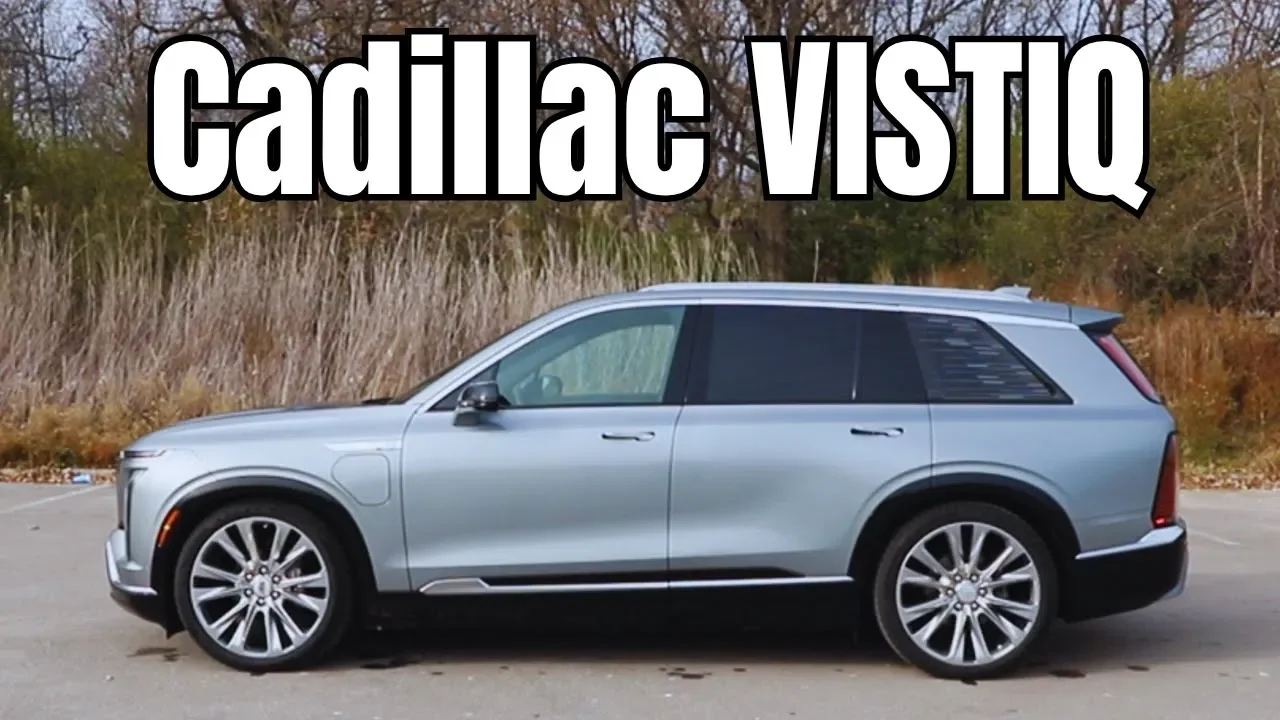Decanting Digest - A tour of Tuscany
/Photos via Steph Wallcraft.
Click here to read her other Decanting Digest columns!
Old-world wines can be intimidating. There are appellations to learn, terms to understand, and entirely fair questions about reputation versus value.
The early March release for the LCBO’s Vintages section included several intriguing and well-priced bottles from Tuscany, which provides a perfect opportunity to dig into this western Italian wine region and take a closer look at some of these details.
Positioned north of Rome and centred around the region’s capital city of Florence, Tuscany is best-known for its red wines, most notably the Sangiovese grape that forms the basis for the Chianti, Brunello di Montalcino, and Vino Nobile de Montepulciano styles.
Italian wines typically fall under one of three classifications. DOC (denominazione di origine controllata, which translates to controlled designation of origin) is used for wines that are made in the traditional style of a given appellation, using grapes that are native to the region and under controlled harvest yield and aging limits. DOCG (denominazione di origine controllata e garantita, or controlled and guaranteed designation of origin) is the highest classification for Italian wines and appears on bottles that have been analyzed, tested, and approved by licensed panel under stricter requirements than what’s required for DOC wines.
And then there’s the IGT designation, indicazione geografica tipica or indication of geographical typicality. In the mid-20th century, a group of Tuscan wineries—most notably Tenuta San Guido, producer of the Sassicaia label that’s commonly identified as the originator of this trend—planted vines for grapes not native to the region and began releasing wines made with them to the general public. These winemakers felt restricted by regional controls and wanted to produce outside-the-box wines they felt could be of equal or superior quality to DOC wines.
Initially, these wines were forced to carry the label vino da tavola or table wine, Italy’s lowest designation, because they didn’t follow the rules. But they quickly gained immense international recognition and became known as Super Tuscans, “super” in this context meaning they fall outside the region’s typical style. In 1992, the IGT Toscana designation was created to give these wines more respectful recognition of their high quality.
Whether you opt for a highly traditional DOCG wine or an outside-the-box Super Tuscan, it’s not necessary to spend a great deal to find excellent Tuscan wine. All three of the bottles below are available at the LCBO for less than $25, and all of them are stellar examples of the gems you can find once you know which terms to look for that will lead you in the right direction.
Poggio Civetta 2019 Governo All’Uso Toscano
Tuscany, Italy (IGT)
Vintages #14362
$22.95
The Governo All’Uso Toscano method involves partially drying some of the fruit as part of the winemaking process, which gives it a richer flavour and finish. It pours with a deep red, almost opaque colour and a nose full of the ripe cherry notes that are traditional to the Sangiovese grape. The flavour is medium-bodied and fruity, with the initial promise of cherry melding with strawberries and other red fruits in a silky mouth feel. This would benefit from another year or two in the bottle, at which point it will pair beautifully with an herb-crusted pork roast.
Score: 8.5/10.
Zingari 2018 Toscana
Tuscany, Italy (IGT)
Vintages #244228
$19.95
This Super Tuscan is made from equal parts of Sangiovese, Merlot, Syrah, and Petit Verdot. A nuanced nose of plum and chocolate and a tantalizingly herbaceous quality carries through into a wonderfully mellow palate of ripe red berries. This would be a brilliant wine to stock up on as we edge closer to barbecue season. Pair it with burgers or a grilled flank steak. Score: 9/10.
Villa Trasqua 2017 Chianti Classico
Tuscany, Italy (DOCG)
Vintages #121160
$18.95
A Chianti Classico is as traditional as Tuscany comes, and this one carries the prestigious DOCG designation at less than $20 per bottle. Its translucent garnet colour welcomes you into the style’s typical nose that’s heavy on ripe cherries, found here with some lightly spiced undertones. Cherry flavours continue into the palate along with stewed plums and light tannins. Break this one out for the barbecue as well alongside a saucy rack of pork ribs. Score: 8.5/10.
Steph is a successful, established freelance writer and has been a wine aficionado for more than two decades. Connect with her on Twitter and Instagram.
Decanting Digest appears every other Wednesday.
Send your wine questions to info@modernmississauga.com with Decanting Digest in the subject line.















